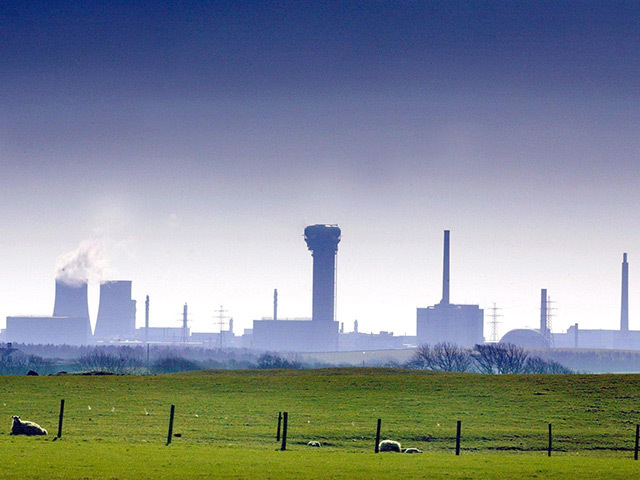
In June, Exelon Corp. announced that it was retiring two of its most reliable nuclear units, in Clinton and Quad Cities, Illinois, US. This adds to a growing trend of nuclear asset closures throughout the Midwestern and Northeastern US due to declining profitability – the result of low gas prices as well as the proliferation of renewable energy sources; trends that are expected to remain for the long-term. Director of US Energy Infrastructure at S&P Global, Michael Ferguson, discusses why the future of nuclear plant viability in the US continues to dim.
Nuclear plants are large and expensive assets facing closures for reasons expected to remain indefinitely: competitive gas prices, heightened aims of renewables usage, and nuclear energy’s high fixed production costs. These factors increase market exposure to current low power demand and, in turn, could have sustained impacts on the creditworthiness of nuclear assets.
Has nuclear had its day?
Nuclear power has been a staple resource for American energy for much of the past 50 years. Built throughout the 70s – when concerns abounded over whether or not the US could rely on other nations to provide uninterrupted access to energy supply – nuclear power plants proved to have higher capacity and higher levels of dependability than coal and gas plants of the same era.
Financing nuclear projects was also more achievable in the 1960s-70s, when utility asset financing was more reliant on predictable relationships with state regulators than on market trends, which made it easier to for investors to confidently invest in expensive, long nuclear constructions and anticipate sufficient returns.
But this is no longer the case. Today, the advancement in gas turbine technology – as well as alternative energy efficiencies – combined with low oil and gas prices has put nuclear power’s place in the US energy mix under threat.
Weakened nuclear profitability
The closure of a nuclear plant is not a decision that is taken lightly. Indeed, multi-billion dollar assets are not retired simply as a consequence of short-term, reversible market challenges.
However, in recent years, some plants around the US have been unable to cover their fixed costs. For instance, in addition to the recent announced closures of Exelon Corp.’s plants in Illinois – which lost out to competition from renewable energy and low-cost gas – Duke Energy Corp.’s plant in Florida closed in 2013 due to lagging maintenance costs that were uneconomical and inefficient to fund. Meanwhile, Dominion Resources Inc.’s Kewaunee plant in Wisconsin closed the same year due to ongoing low power prices.
Such closures should not be seen as one-offs. The high maintenance costs and decreased competitiveness of nuclear plants relative to other sources of energy are predicted to continue eroding the profitability of operating nuclear plants the world over, amid lower commodity prices and secularly weaker power demand growth.
State and federal policy will determine impact
To date, varied US state policies have encouraged nuclear decline in some states more than others. For instance, Pacific Gas and Electric Company announced the closure of its Diablo Canyon plant in 2015 after California law increased the state’s target renewable portfolio to 50% by 2030. Elsewhere, Exelon Corp.’s newly retired plants are located in the state of Illinois, which does not offer nuclear subsidies. Contrast this to slower nuclear industry decline in New York, where the state has recently promised nuclear subsidies in order to maintain employment levels and achieve broader carbon reduction goals.
If seen to full fruition, The Obama Administration’s Clean Power Plan (CPP) and would significantly limit carbon emissions across the board. Therefore, some state regulators would have an incentive to keep their lower carbon producing nuclear generators running.
Uncertain outlook
Of course, many questions are yet to be answered. For one, the Clean Power Plan is currently being challenged at the U.S. Court of Appeals.
Overall, the outlook for the nuclear industry largely depends on the significance of market exposure and the duration of low power prices, and whether or not supportive regulatory policies emerge.
In the near future, power grids will rely on nuclear generation for much of their input. But the long-term economic viability of the nuclear industry remains uncertain, and it is undeniable that nuclear operators will continue to face difficult decisions in the years ahead, which could ultimately impact their credit ratings.
These decisions could have both political and economic effects, and will largely depend on state and federal policies. With ongoing energy price and demand volatility, the notion that nuclear has had its day will continue to loom large.
Recommended for you
